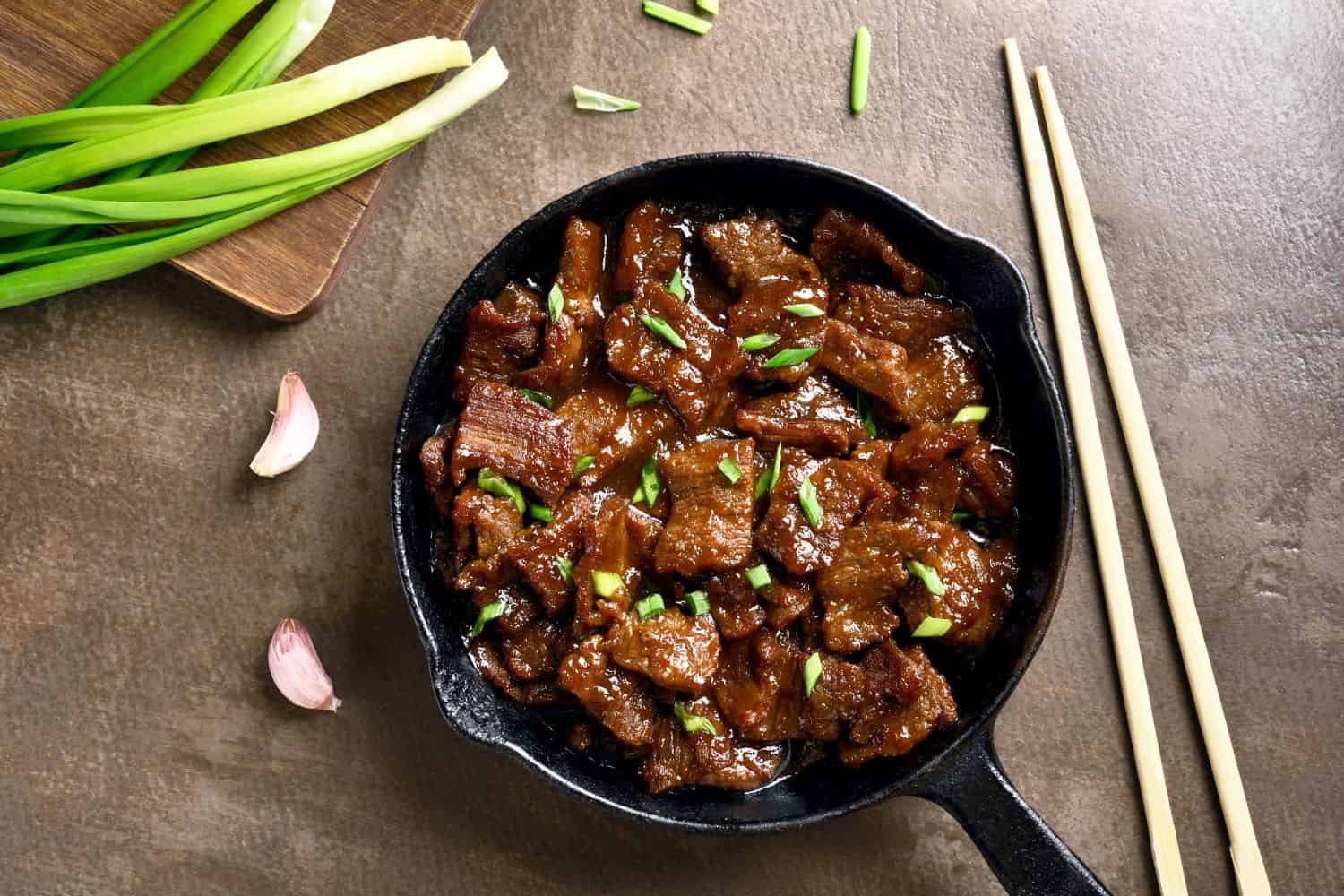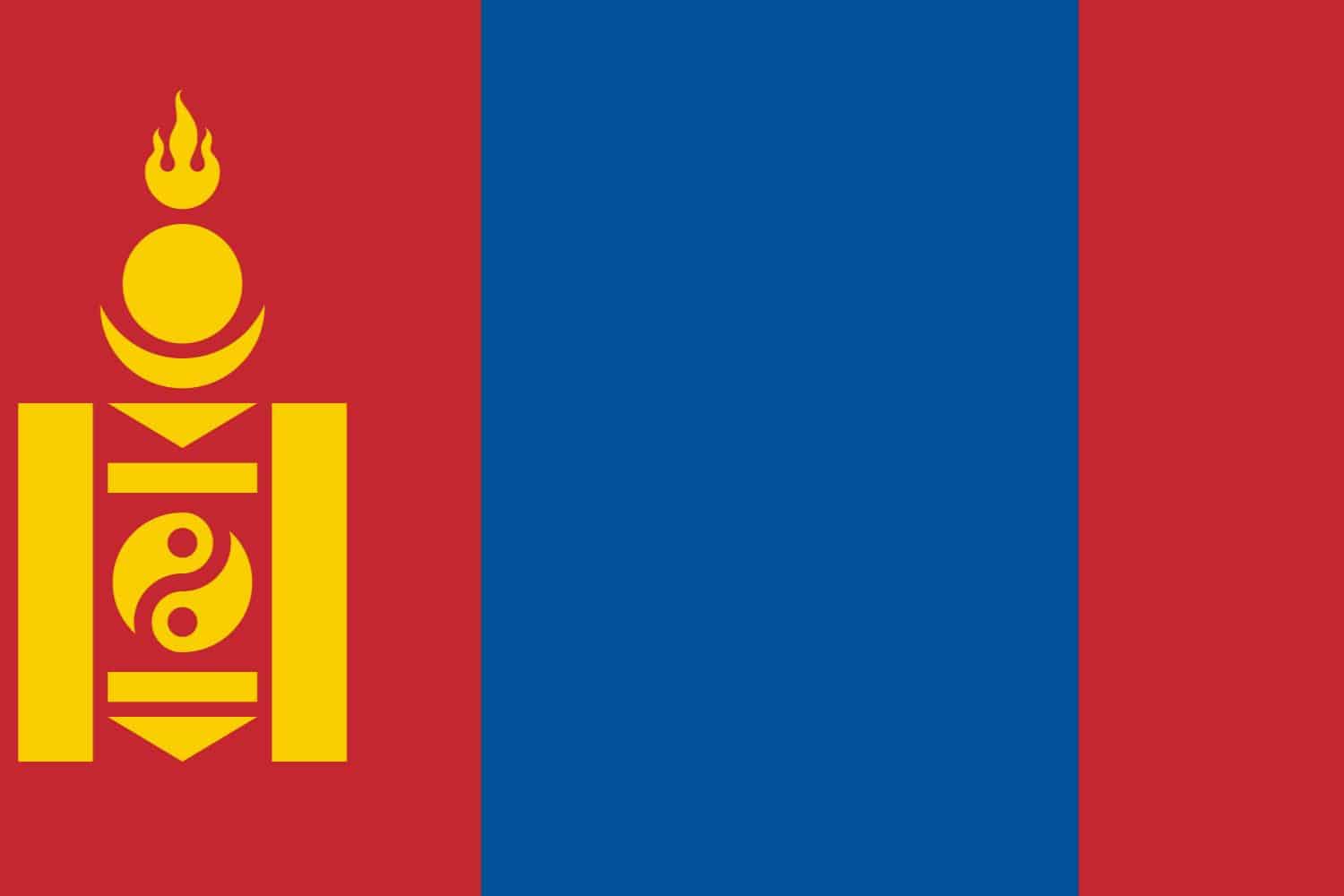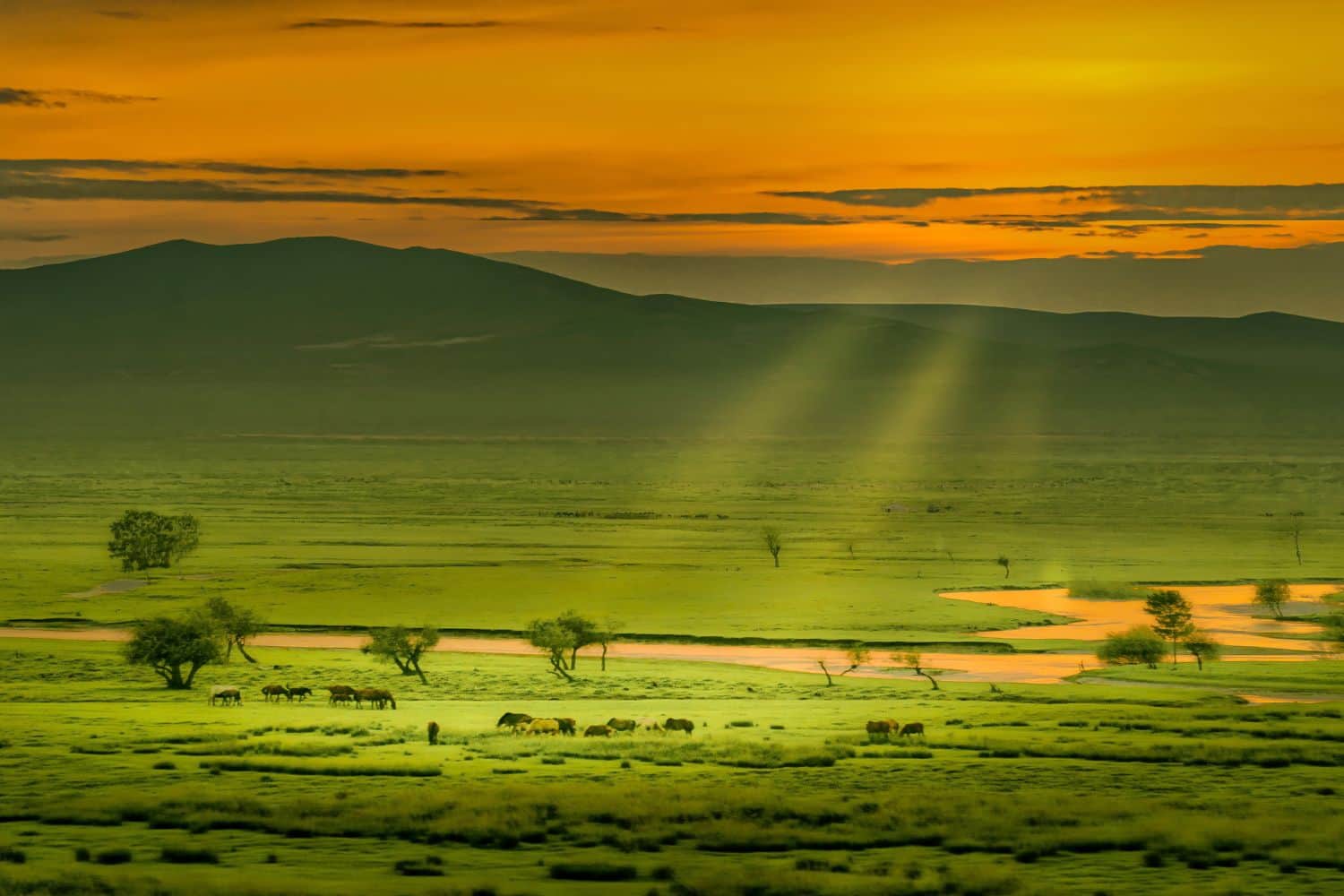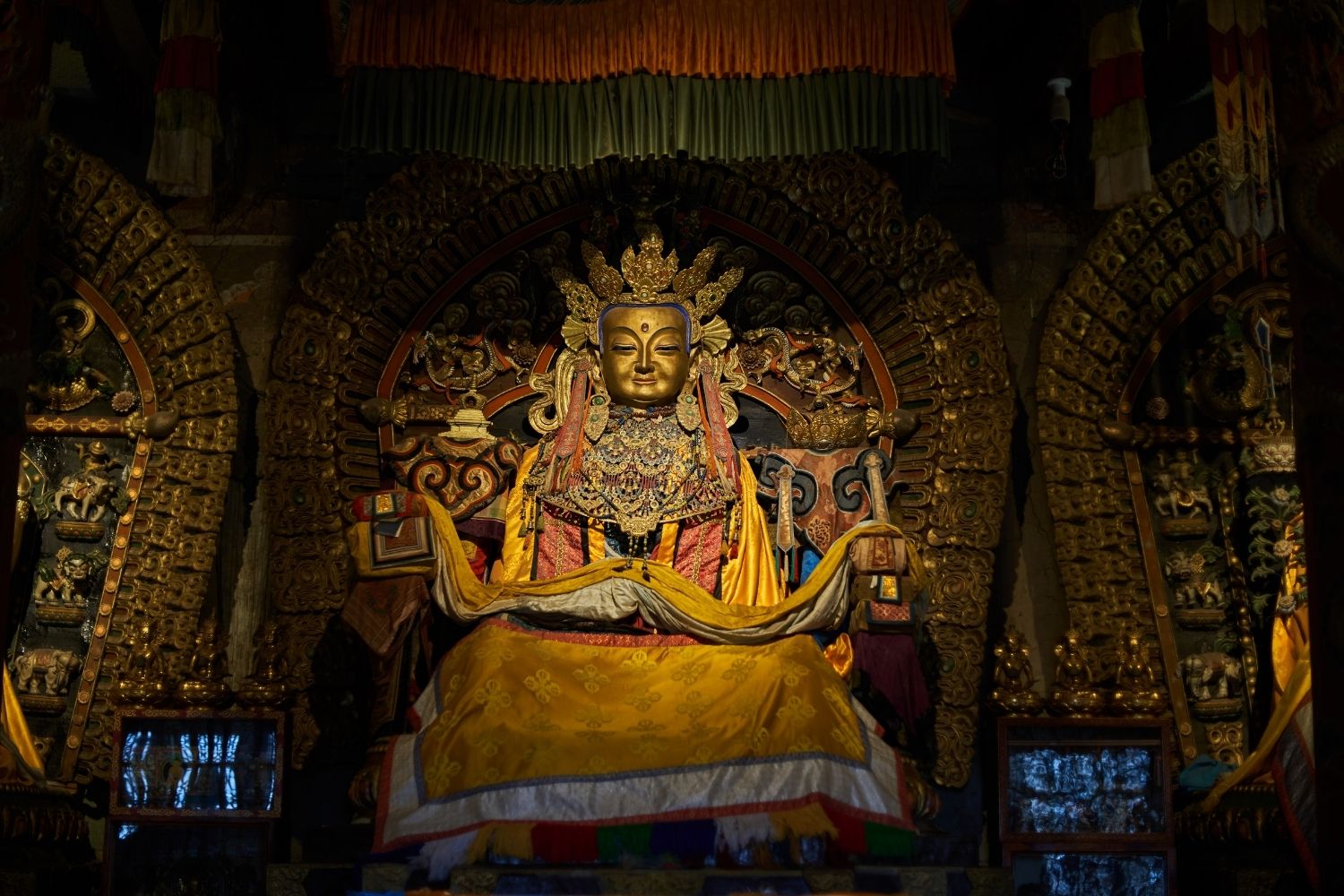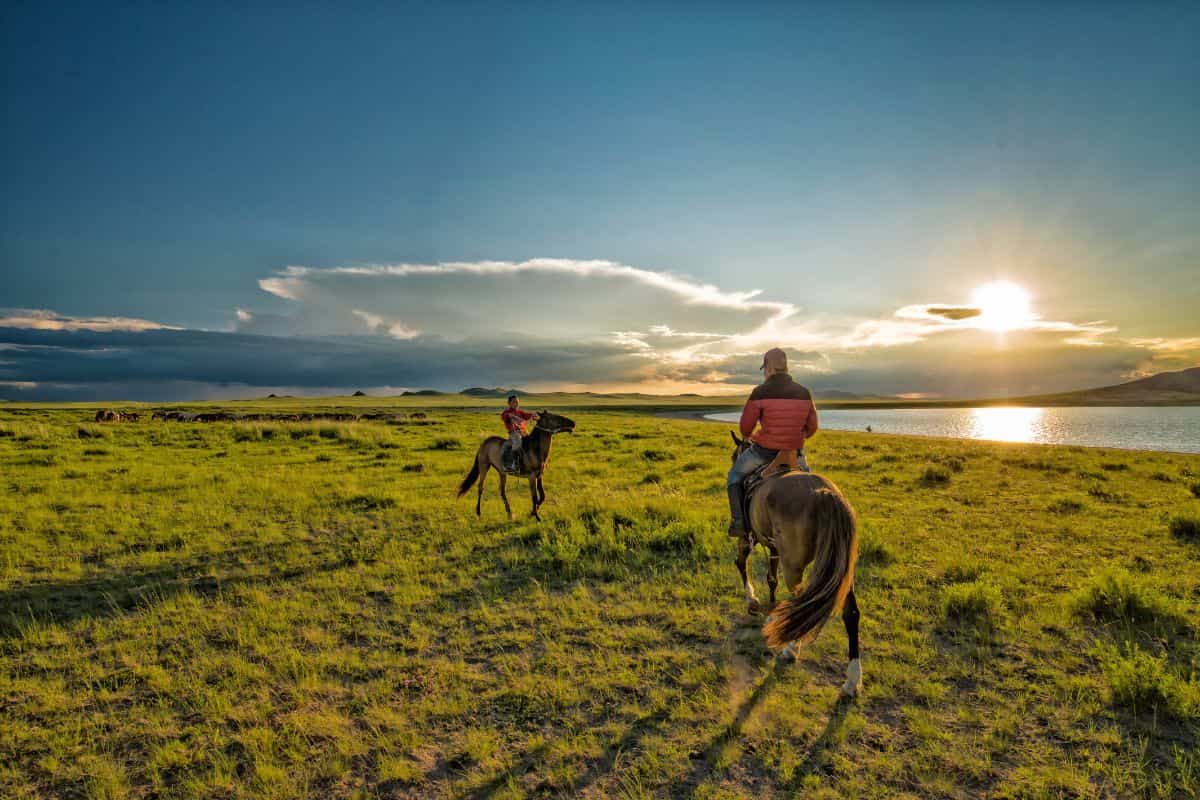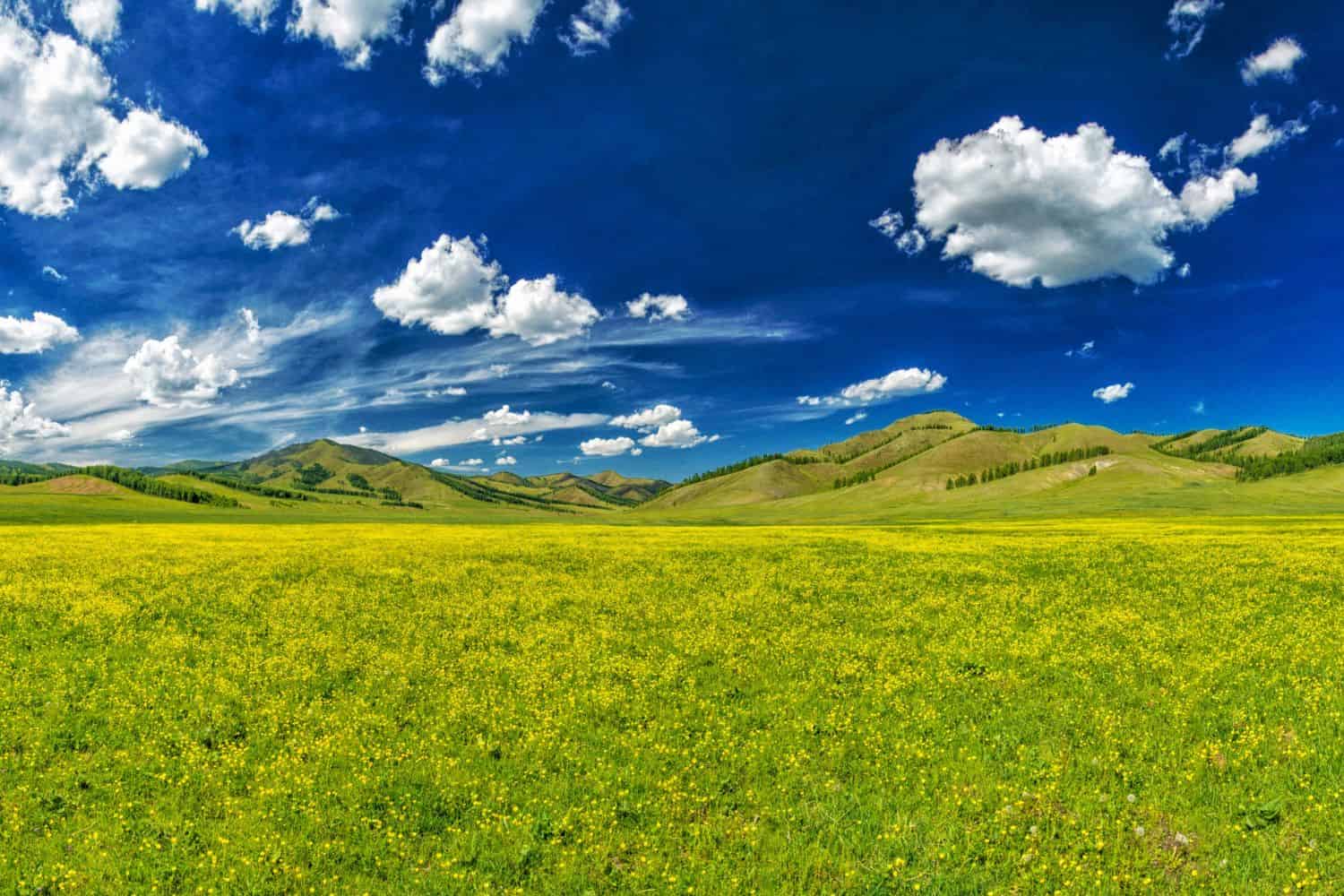Table of Contents
Embarking on a culinary journey through Mongolia reveals a captivating tapestry of flavors and cultural heritage. The food from Mongolia, influenced by nomadic, Chinese, Russian, and Central Asian traditions, offers a delightful fusion of tastes. From beloved traditional dishes to tantalizing street cuisine, Mongolian food is a treasure trove of mouthwatering delights that showcase the richness of its food culture. Let’s dive into this diverse and vibrant world of the food culture of Mongolia.
Top Ingredients of the food of Mongolia
In the food of Mongolia, a rich tapestry of flavors is created through the skillful combination of various ingredients. Here is a list of the most commonly used ingredients that form the backbone of Mongolian culinary traditions:
Meat (especially mutton): Meat, particularly mutton, is the primary source of protein in Mongolian cuisine. It is used in various traditional dishes like Khuushuur (deep-fried meat pastry) and Buuz (steamed dumplings).
Dairy Products: Mongolia has a strong tradition of dairy consumption, including products like airag (fermented mare’s milk), suutei tsai (salted milk tea), and various types of cheese and yogurt.
Flour: Flour is a fundamental ingredient in Mongolian cuisine, used to make dough for dumplings, noodles, and bread.
Onions: Onions are a common ingredient in many Mongolian dishes, providing a savory base for soups, stews, and stir-fries.
Garlic: Garlic is often used alongside onions to enhance the flavors of Mongolian dishes.
Potatoes: Potatoes are widely used in Mongolian cuisine and are incorporated into dishes like Tsuivan (stir-fried noodles) and stews.
Carrots: Carrots are a popular vegetable in Mongolia and are often used in meat dishes and soups.
Cabbage: Cabbage is another vegetable commonly used in Mongolian cuisine, often pickled or used in salads.
Millet: Millet is a traditional grain used in Mongolia, primarily in the form of porridge or added to soups.
Spices and Herbs: While Mongolian cuisine is relatively mild in terms of spiciness, various herbs and spices like black pepper, thyme, and bay leaves are used to season dishes.
These ingredients, along with the vast landscapes and nomadic lifestyle of Mongolia, contribute to the unique and hearty flavors found in Mongolian cuisine.
The diversity of food from Mongolian cuisine
Mongolian cuisine offers a captivating array of flavors and dishes that reflect the nation’s unique history and cultural influences. Influenced by its nomadic heritage, Chinese, Russian, and Central Asian culinary traditions, Mongolian food combines a rich variety of ingredients and cooking techniques. One of the most renowned dishes is Buuz, flavorful steamed dumplings filled with seasoned meat, often mutton or beef, and accompanied by a dipping sauce. This dish exemplifies Mongolian hospitality and is frequently enjoyed during festivals and gatherings. Another beloved Mongolian specialty is Khorkhog, a hearty stew prepared with chunks of meat, typically mutton, mixed with vegetables and cooked with hot stones in a traditional cauldron.
The heartiness of Mongolian cuisine shines through in its grilled barbecue, known as Khorkhog, where meat, such as mutton or beef, is marinated in a delicious blend of spices and cooked over an open flame. The country’s affinity for soups is evident in dishes like Tsuivan, a stir-fried noodle dish with vegetables and meat, and Boortsog, deep-fried dough pockets that serve as a popular snack.
For those with a sweet tooth, Mongolian cuisine offers delightful desserts like Guriltai Shul, a sweet rice pudding made with milk, sugar, and raisins. Mongolian food showcases its regional specialties, with each area featuring unique recipes and cooking methods. Whether savoring the succulent flavors of Khorkhog or enjoying the comforting taste of Buuz, exploring the variety of Mongolian cuisine is an adventure in cultural richness and culinary pleasure.
While visiting the beautiful land of Mongolia, you can try all the best recipes from Mongolian cuisine. We offer a wide range of tours in Mongolia that you can choose from to explore the country’s culinary delights.
Best foods in Mongolia
Mongolia best foods offer a delightful array of dishes that tantalize the taste buds with their rich flavors and cultural significance. While it’s challenging to single out a definitive list of the “best” foods, some dishes stand out as particularly beloved and iconic in Mongolian cuisine.
Mongolian cuisine is known for its creative use of spices, such as cumin, coriander, cardamom, turmeric, cloves, cinnamon, ginger, garlic, chilies, saffron, black pepper, and dried mint for its rich and flavorful dishes. The result is a harmonious blend of aromatic spices and vibrant herbs that make Mongolian food truly exceptional.
Most famous Mongolian foods
Here are the top most famous foods in Mongolia that have garnered recognition both locally and internationally:
Buuz: Widely considered the national dish of Mongolia, Buuz is a culinary masterpiece that features delicate steamed dumplings filled with spiced ground meat (often beef or mutton), onions, and sometimes garlic. These dumplings are traditionally enjoyed with a savory dipping sauce and are a staple at Mongolian celebrations and gatherings.
Khorkhog: A symbol of Mongolian hospitality, Khorkhog is a hearty stew made with tender pieces of meat (often lamb or goat), vegetables, and aromatic spices. What makes this dish unique is its cooking method, as it is traditionally prepared by placing the ingredients in a sealed container with hot stones and allowing them to slow-cook to perfection. The result is a rich and flavorful dish that embodies the essence of Mongolian cuisine.
Tsuivan: A staple in Mongolian households, Tsuivan is a hearty stir-fried noodle dish made with meat (typically beef or mutton), vegetables, and noodles. The dish is flavored with a blend of seasonings and soy sauce, resulting in a delicious and satisfying meal that is often enjoyed with family and friends.
Boortsog: Boortsog is a traditional Mongolian fried pastry made from dough that is shaped into various intricate patterns, then deep-fried until golden brown. These crispy treats are often served with milk tea and are a symbol of Mongolian culture and hospitality.
Airag: Airag is a traditional Mongolian fermented mare’s milk, often enjoyed as a beverage. It has a slightly sour taste and is known for its nutritional value and cultural significance. Airag is frequently consumed during festivals and is a symbol of Mongolian nomadic heritage.
These renowned Mongolian dishes showcase the richness and diversity of the country’s culinary heritage, making them popular not only within Mongolia but also among food enthusiasts around the world.
Mongolian Desserts
Mongolian desserts provide a delightful conclusion to a satisfying meal, showcasing a blend of sweet flavors and delicate textures. These desserts are deeply rooted in Mongolian culture and are often enjoyed during celebrations, festivals, and special occasions. Some popular Mongolian desserts include:
Boortsog: Boortsog is a beloved Mongolian deep-fried pastry. These small, doughnut-like pastries are often shaped into intricate designs and then deep-fried to a golden brown. They are sweet and slightly crunchy, perfect for dipping in tea or enjoyed on their own.
Aaruul: Aaruul is a popular Mongolian dried curd snack. It is made by souring milk, shaping it into various forms, and then drying it. Aaruul can be sweet or savory and is often enjoyed as a portable snack during long journeys or as a treat at home.
The culture behind Mongolian food
The culture behind Mongolian food is deeply rooted in tradition, nomadic heritage, and the spirit of unity. Mongolian cuisine reflects the country’s unique history and nomadic way of life, drawing influences from neighboring countries and their own time-honored practices. Food holds a significant place in Mongolian culture and plays a central role in social gatherings, family occasions, and festive ceremonies.
Hospitality is a fundamental aspect of Mongolian culture, and sharing food with guests is a cherished tradition. When visitors arrive at a Mongolian yurt or home, they are warmly greeted with a variety of hearty dishes, showcasing the host’s hospitality and their desire to create a welcoming atmosphere. Meals are often communal experiences, with everyone gathered around a shared table or a traditional low table, highlighting the importance of togetherness and unity in Mongolian culture.
Also, read:
Ulaanbaatar, Erdenet, and Darkhan
Embark on a gastronomic journey through Ulaanbaatar, Erdenet, and Darkhan, and immerse yourself in the enchanting flavors that have been cherished for generations in Mongolia. Allow the traditional dishes of each city to paint a vivid portrait of Mongolia’s culinary heritage, inviting you to relish the unique delights of these remarkable regions.
In the mesmerizing realm of Mongolian cuisine, each region contributes its own unique flavors and culinary traditions. Let’s set off on an exploration of Ulaanbaatar, Erdenet, and Darkhan, and uncover the delightful distinctions in their traditional dishes.
The variations in dishes from each Mongolian city can be attributed to a blend of factors, including geography, historical influences, and the predominant ethnic groups residing in each locality. Mongolia’s diverse terrain, including vast steppes, mountains, and forests, has influenced the availability of certain ingredients and agricultural practices in different regions, leading to differences in the types of dishes that have evolved in each city.
Ulaanbaatar’s Buuz features succulent dumplings filled with flavorful meat, showcasing Mongolian hospitality. Erdenet’s Khorkhog takes a savory twist on meat, combining tender lamb or beef, vegetables, and hot stones for a unique taste experience. Darkhan’s Khuushuur offers a crispy version of the beloved dish, with seasoned meat patties fried to perfection, tantalizing the taste buds with bold flavors.
For instance, in Ulaanbaatar, being the capital and a melting pot of cultures, the culinary scene is more diverse and influenced by a mix of traditions from various regions. Erdenet, located in the northern part of Mongolia, draws influences from neighboring Russia and Siberia, resulting in distinct dishes like Khorkhog. In Darkhan, the Khalkha Mongol majority shapes the cuisine, resulting in a preference for crispy and hearty dishes like Khuushuur.
Comparing the three cities, Ulaanbaatar offers a wide range of dishes influenced by its cosmopolitan character, Erdenet emphasizes hearty meat-centric preparations, and Darkhan delights with crispy and bold flavor combinations. Each city proudly exhibits its own culinary identity, adding depth to the multifaceted and rich tapestry of Mongolian cuisine.
Ulaanbaatar
Beginning our culinary journey in Ulaanbaatar, the capital city of Mongolia, we encounter a vibrant food scene that reflects the country’s rich nomadic heritage and influences from neighboring regions. The city offers a diverse range of traditional Mongolian dishes and international flavors. As we explore the bustling markets and street food stalls, the aroma of sizzling meats and hearty stews fills the air. Ulaanbaatar’s food culture is a fusion of tastes, showcasing a wide array of dishes to satisfy every palate.
Famous food from Ulaanbaatar
- Buuz: Steamed dumplings filled with seasoned meat, typically beef or mutton, and served with soy-based dipping sauce.
- Khuushuur: Fried meat pies with a crispy outer shell, often made with minced meat and onions.
- Khorkhog: A traditional Mongolian dish featuring meat, usually mutton, cooked with vegetables, herbs, and hot stones in a metal container.
- Bantan: A hearty soup made with meat, rice, and vegetables, flavored with garlic and dried herbs.
- Boortsog: Deep-fried sweet pastries, popular as snacks or dessert, often enjoyed with milk tea.
- Tsuiwan: Mongolian-style stir-fried noodles with meat and vegetables, seasoned with soy sauce and spices.
- Suutei Tsai: A traditional Mongolian milk tea, often served with a side of dried curd or biscuits.
Erdenet
Continuing our journey to Erdenet, a city known for its diverse culinary traditions, we delve into the flavors of Mongolian cuisine with a focus on hearty meat dishes and dairy-based preparations. Erdenet’s cuisine celebrates the use of locally sourced ingredients, creating a unique gastronomic experience.
Famous food from Erdenet
- Buuz-e-Erdenet: A variation of the classic Buuz dumplings, often filled with a mixture of meat and dairy products like cheese or yogurt.
- Budaatai Khuushuur: Large fried meat pies with a crispy exterior, typically filled with a combination of meat and dairy ingredients.
- Khuurshuur: A fried pastry made with meat and dairy products, often enjoyed during festivals and special occasions.
- Tsuivan-e-Erdenet: A regional twist on Tsuiwan, featuring local ingredients and flavors.
- Airag: Fermented mare’s milk, a traditional Mongolian beverage, often consumed during celebrations and festivals.
- Khailmag: A custard-like dessert made with milk, sugar, and eggs, often flavored with cardamom or vanilla.
Arkhangai
Our culinary journey concludes in Arkhangai, a province known for its rugged landscapes and flavorful dishes. Arkhangai cuisine is characterized by its use of traditional Mongolian ingredients and a bold array of spices, creating dishes that delight the senses with their robust flavors.
Famous food from Arkhangai
- Tsuivan-e-Arkhangai: A hearty stir-fried noodle dish featuring local meats and vegetables, seasoned with aromatic spices.
- Buuz-e-Arkhangai: Dumplings filled with a combination of meat, locally sourced herbs, and spices, reflecting the region’s unique flavors.
- Khorkhog-e-Arkhangai: A variation of Khorkhog, incorporating locally available meats and herbs, cooked to perfection with hot stones.
- Bantan-e-Arkhangai: A flavorful meat and rice soup infused with herbs and spices, capturing the essence of Arkhangai cuisine.
- Khuurshuur-e-Arkhangai: Fried pastries made with a blend of meat and regional herbs, offering a distinctive taste of the province.
- Suutei Tsai-e-Arkhangai: A regional variation of Mongolian milk tea, featuring unique herbs and flavors from Arkhangai.
- Tavlag: A traditional Mongolian dish made with fried meat, vegetables, and spices, providing a satisfying and flavorful meal.
Book Your Trip to Mongolia Today!
Embark on an unforgettable journey and explore the allure of Mongolia through our exclusive tours.

